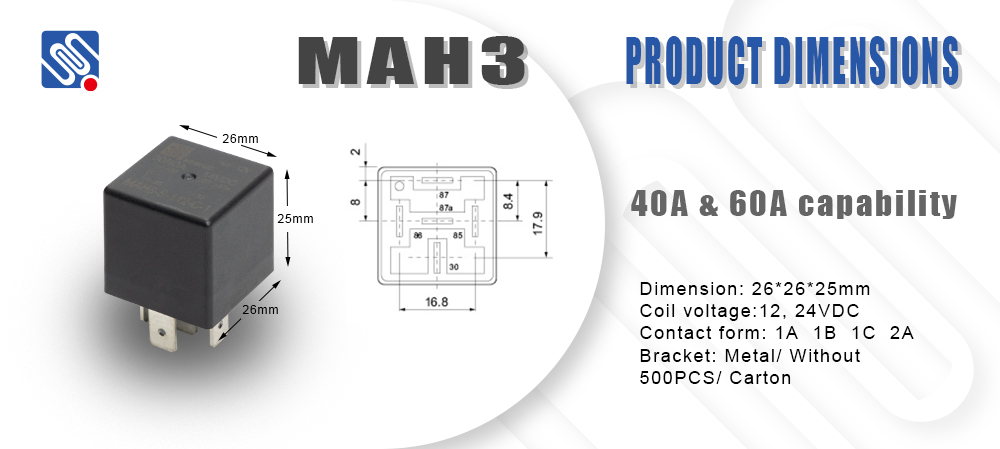Relays are essential components in electrical circuits that help control the flow of power through switching mechanisms. They serve as electrical switches, allowing low-power signals to control higher-power loads. While relays are reliable and durable, they can sometimes fail due to various issues such as electrical overloads, incorrect voltage, or wear over time. Understanding how to troubleshoot relays effectively can help ensure that they function properly, saving time and preventing costly repairs. In this article, we will explore common relay problems and how to diagnose and resolve them.

1. Understanding the Relay Structure A typical relay consists of three main parts: the coil, the contacts, and the armature. The coil, when energized, generates a magnetic field that attracts the armature, causing the contacts to open or close. These contacts control the connection between the load and the power source. The main issues in relay failure usually arise from these components. Let’s dive into some of the common problems and solutions. 2. Problem 1: Relay Coil Issues The relay’s coil is an electromagnet that controls the switching mechanism. If the coil fails, the relay will not function properly. Common coil issues include:
Leave a Reply